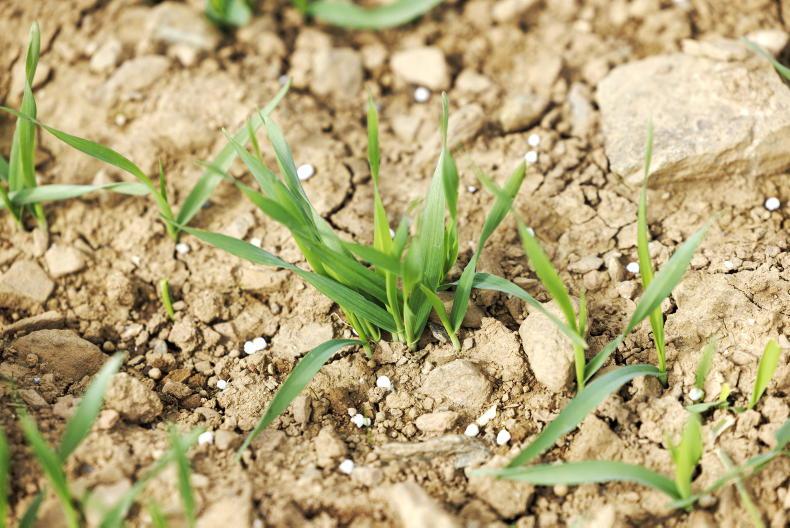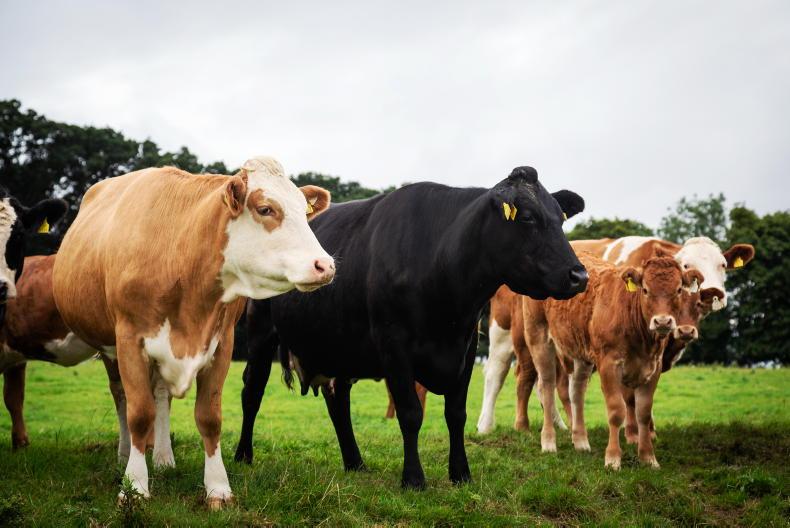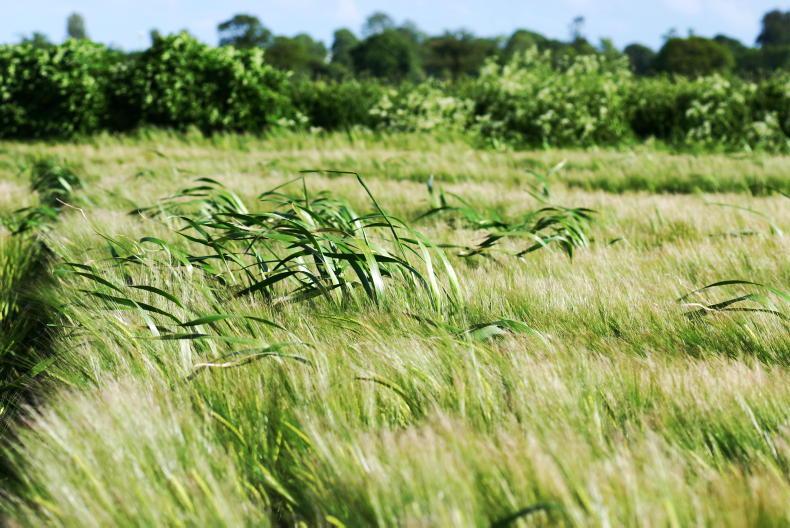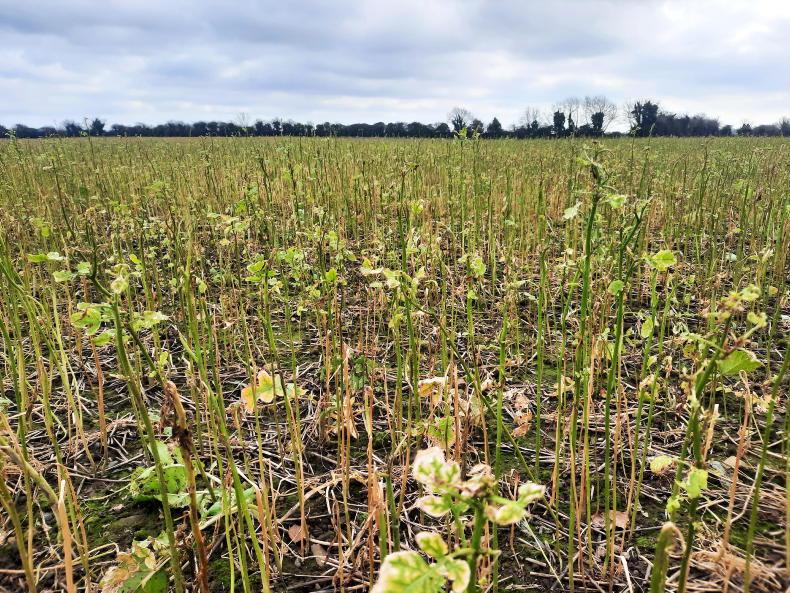Weather
Planting continues in parts of the country. Land is still not dry enough to plant in parts of the northeast, with rain in the forecast.
Keep the seed rates up and try to get a nice bit of nitrogen into the seedbed.
Nitrogen
Spring crops planted two weeks ago are now well up and due their nitrogen top dressing if it hasn’t yet been applied. Bring crops up to allowances on the nitrogen index, see Table 1 below.
Index 1 applies to crops in continuous cereals and maize, index 2 includes crops after oilseed rape, protein, potatoes, beet, and one-to-four-year grass leys.
Crops straight out of permanent grass fall into index 4, two years out of permanent pasture or on the first year if the permanent pasture was cut only fall into index 3.
This continues on for index 1 and 2. For each tonne above 6.5t/ha for spring barley and oats and 7.5t/ha for spring wheat an extra 20kg of N/ha can be applied to crops.
Some winter wheat crops may be awaiting final nitrogen applications, particularly late-sown crops. Get all nitrogen out by GS32.
Aphids
Crops planted in early April will begin to hit the two to three leaf stage soon, the timing for aphicide application. April sown crops are at a higher risk of aphid infection and barley yellow dwarf virus.
Pyrethroid sprays are the only option for control. Some farmers have stopped using insecticides on farm or try to avoid their use where possible so assess the risk.
Recent temperatures have not been very suitable for aphid flight, but they can walk from one crop to another so consider risk. Are temperatures at 15°C to allow aphids to fly? Is there a winter barley crop beside the spring crop? Are you beside the coast where aphids survive a lot easier over winter?
Herbicides
Use a mix of a sulphonyl urea, at half to three-quarter rate, and a product like fluroxypyr to control weeds. If resistant chickweed is a problem a full rate of fluroxypyr should be used. Using this product allows a wild oat herbicide to be applied at the same time.
Fungicides
Keep an eye out for disease in crops. Some winter barley crops now have awns peeping, the optimum timing for ramularia control, so keep an eye on intervals since the last spray and disease development.
The first spray on early-sown spring barley can be a triazole or triazole/strobilurin mix to control net blotch.










SHARING OPTIONS